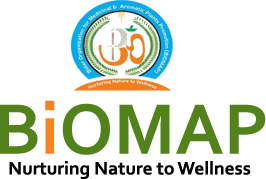DIABETES-TYPES
Type 1 Diabetes (Juvenile Diabetes)
“Type 1 diabetes is an auto immune disease, which means the bodies system for fighting infection turns against a part of the body (Pancreas). It is also called insulin dependent diabetes. In type 1 diabetes, due to some unknown reasons the immune system attacks the insulin-producing beta cells in the pancreas and destroys them, hence the production of insulin is affected severely, resulting in people with type 1 diabetes needing to take injections of insulin every day in order to Metabolize sugar to keep blood glucose levels to a normal range in their blood. Non access of insulin to a type 1 diabetic patient may result in the patient lapsing into a life-threatening diabetic coma also known as diabetic ketoacidosis. Type 1 diabetes most often develops in children and young adults, but can appear at any age. It accounts for about five to ten percent of Diagnosed diabetics globally.”
Type 2 Diabetes
“The most common form of diabetes is Type 2 Diabetes. Sometimes also called non-insulin dependent diabetes. This form of diabetes accounts for 90 to 95% of people with diabetes. It is associated with older age, obesity, family history, previous history of gestational diabetes, physical inactivity or ethnicity. Recently type 2 diabetes is also being increasingly diagnosed in children and adolescents. In type II Diabetes, there are two symptoms, one is known as “Insulinogenic” where in the Insulin is not properly secreted by β-cells, and the other one is known as “Insulinotropic” where in the available Insulin is not properly utilized by the body.”
Gestational Diabetes (GDM)
“It is the form of diabetes consisting high blood glucoselevels during pregnancy and is associated with complication in the period immediately before and after birth. It occurs more often in African American, American Indian, Hispanic American and among women with family history of diabetes. . GDM usually disappears after pregnancy but women with GDM and their offspring are at an increased risk of developing type 2 diabetes within 5 to 10 years.”





